This is the #1 Carb You Could Eat For Your Body
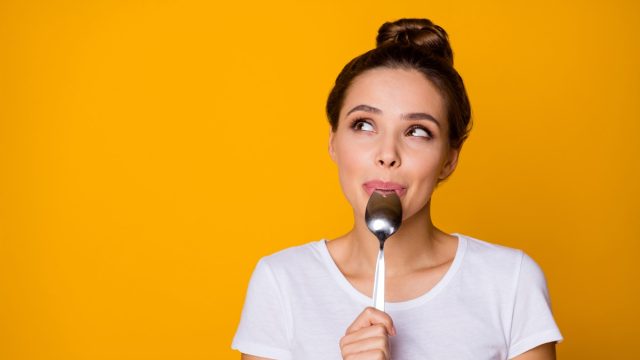
What happens to your body when you eat bananas? Amazing things. In fact, I have coached hundreds of clients with a wide range of goals from weight loss to athletic performance to balancing the gut microbiome—and my custom nutrition plans with my clients include mostly unprocessed whole foods, including, yes, bananas. Put simply, bananas are a nutrient-dense food, rich in potassium, vitamin B6, vitamin C and tons of other antioxidants and phytonutrients. Unprocessed carbohydrates are important for energy levels, heart health and immune health, to name a few that contribute to overall quality of life. Bananas are easily accessible compared to other fruits so they are a reliable choice. Read on to discover what happens to your body when you eat bananas.
Bananas Can Increase Energy
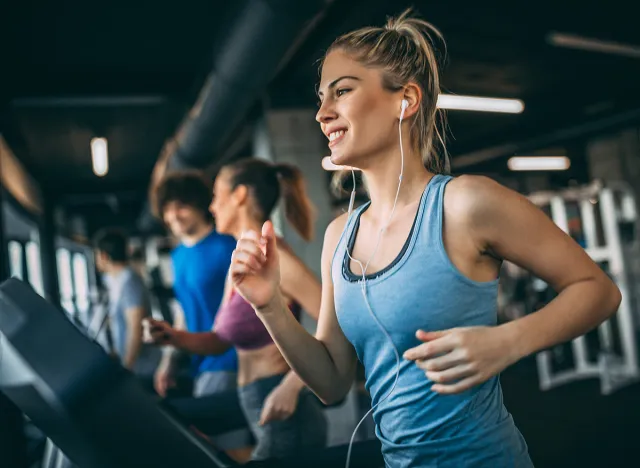
Bananas can increase energy and improve blood sugar regulation. Due to the fact that bananas are rich in carbs but also fiber which helps slow down the spike in blood sugar.
Bananas Make for a Healthier Gut
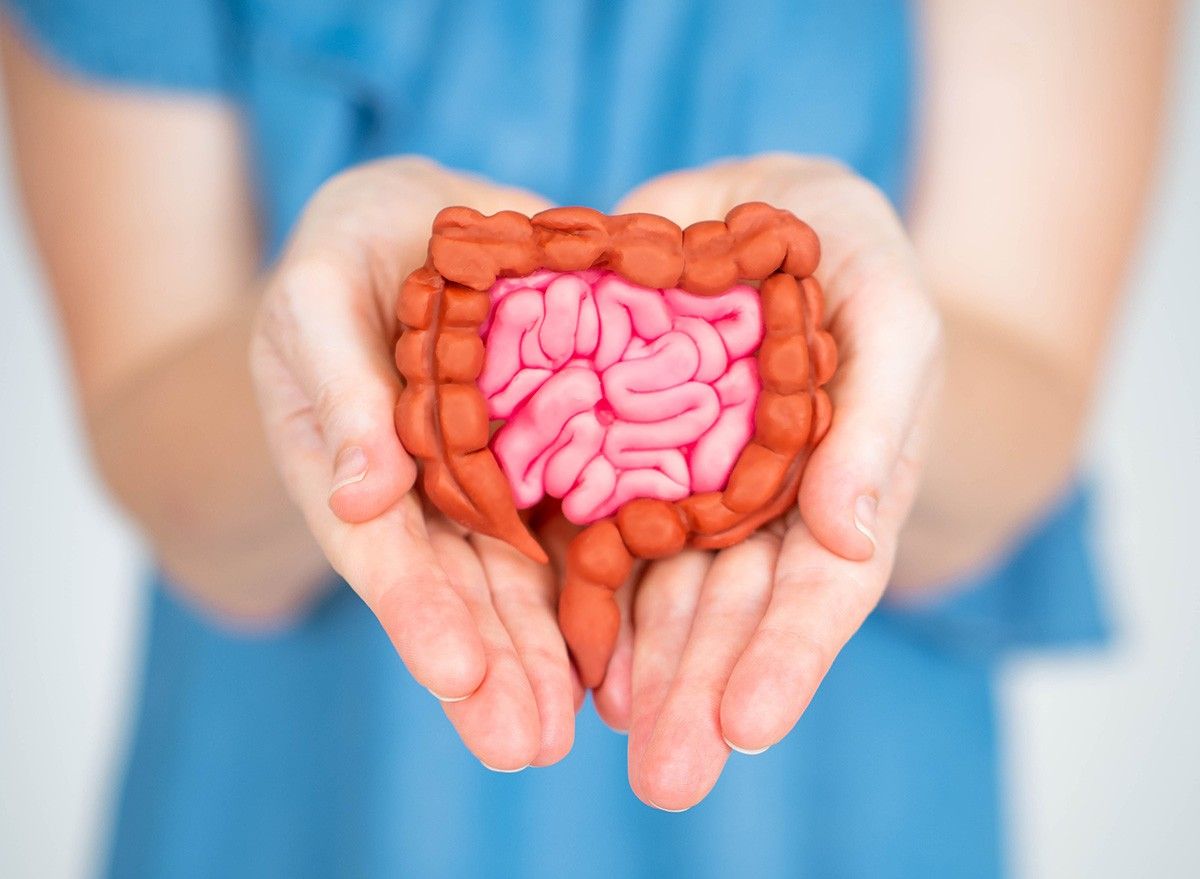
They can improve digestion and promote regularity. In fact, unripe bananas are rich in resistant starches which are prebiotics. Prebiotics are a food source for beneficial bacteria that ferment in the colon to promote a healthy gut environment and support the integrity of the intestinal lining.
Related: The Best 20-Minute Full-Body Workout, by Selena Gomez's Trainer
Bananas Can Decrease Your Appetite

Bananas can decrease appetite. As I said earlier, unripe bananas are rich in resistant starch and fiber which can increase satiety. Satiety may support weight loss or weight management as opposed to other carbohydrate sources.
Bananas Can Improve Heart Health
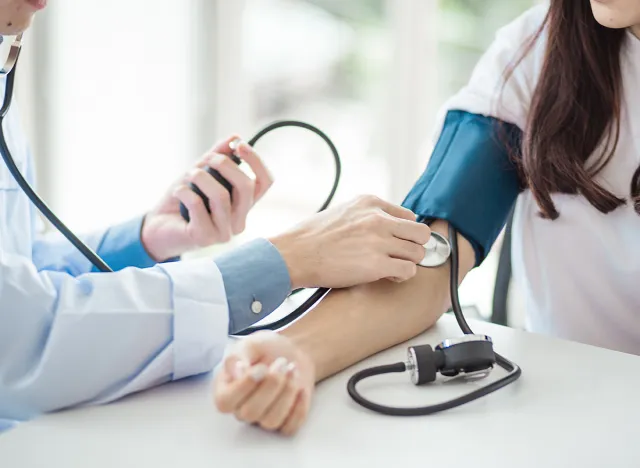
Bananas are a rich source of potassium, which is essential for maintaining proper heart and muscle function, as well as regulating blood pressure. Adequate potassium intake is associated with a reduced risk of stroke and kidney stones.
Related: Boost Your Ozempic Results With This Quick 10-Minute Workout
Bananas Can Improve Your Mood
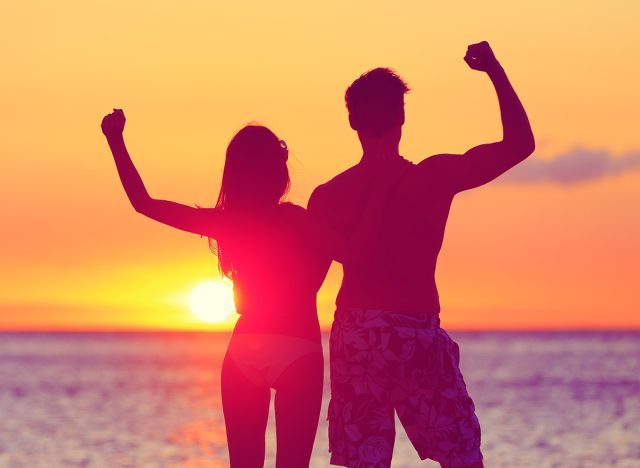
Bananas contain an amino acid called tryptophan which is a precursor to serotonin. Serotonin is a neurotransmitter that helps regulate mood.
Bananas Can Support Recovery After Exercise

Bananas can support recovery from exercise because they are a good source of easily digestible carbohydrates, mainly in the form of natural sugars like glucose, fructose, and sucrose. Consuming carbohydrates after exercise helps replenish glycogen stores in muscles, which serve as a primary energy source during physical activity. Bananas are also rich in potassium. Potassium is lost through sweat during exercise, and replenishing it is important for preventing muscle cramps and maintaining proper muscle contraction.
How to Incorporate Bananas Into Your Diet
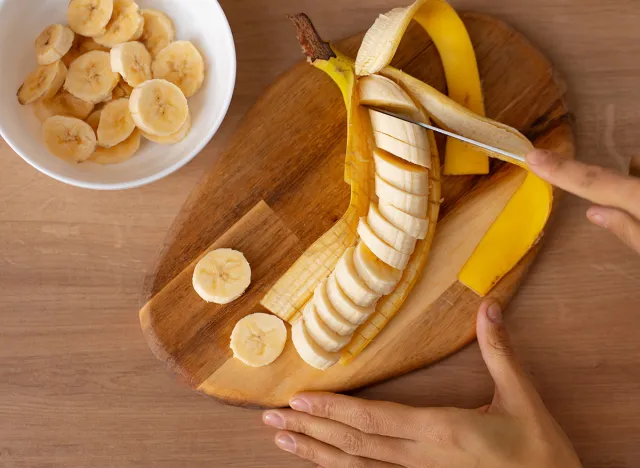
Bananas are appropriate daily for those who do not live sedentary lifestyles. They are a quality unprocessed carbohydrate source to be consumed alongside a protein, a vegetable and a fat source to make a balanced meal. Here are some great ideas:
- Eat ripe bananas before, during or after a workout for a quick sugar boost to aid recovery. For even better results, pair the banana with a protein source.
- Ways to eat bananas
- Add frozen banana to a smoothie
- Make "ice cream" with frozen banana in a food processor
- Used mashed banana as a sugar substitute in baking
- Slice green bananas on salads or pan fry
- Topping for protein-dense greek yogurt or cottage cheese
Related: 10 Foods You Should Eat Every Day For Your Best Body
One Last Thing About Making the Most of Bananas

There are hundreds of banana varieties but only a few make the shelves for most consumers. Find mini bananas to help with portion control. And many cultures incorporate bananas, or plantains, into their staple dishes. Try to find a variety of banana you haven't had before or try making a recipe using bananas in a way you haven't before.
💪🔥Body Booster: Eat ripe bananas before, during or after a workout for a quick sugar boost to aid recovery.
Kat Best is the co-founder and Head of Nutrition for Alta Coaching, a Functional Nutritional Therapy Practitioner, and a NASM Certified Personal Trainer who is Board Certified in Holistic Nutrition.




